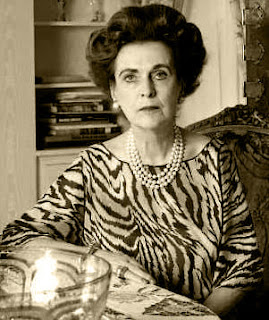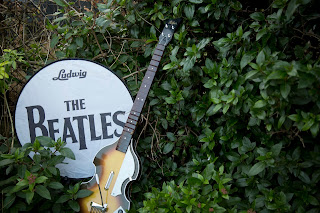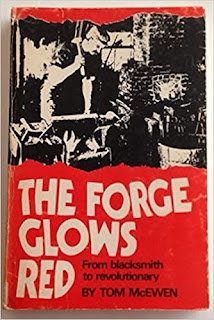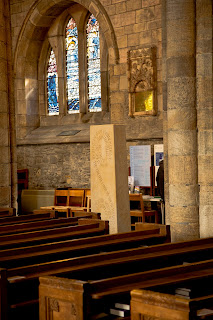Lum Theft at Tomintoul – by Duncan Harley

Archaeologists from Highland Council are appealing for information following the disappearance of a local historical monument known as the Fodderletter Lum. A familiar landmark to travellers on the Granton-on-Spey to Tomintoul road, the historic structure is just one of a set of freestanding stone chimneys once used by council road crews as night shelters. Easily mistaken for the gable ends of old cottar houses, the structures date from the early Twentieth Century and are, according to Highland Council Chief Archaeologist Henry Carter, irreplaceable. “We only have five of these structures in the Highland Council area and the loss of even one represents a cultural tragedy for the region and indeed the whole of Scotland.” Henry and his team are hoping that the monument has not already been broken up and sold on to illegal dry stone dykers. “During lockdown and with garden centres and builders’ yards mainly closed, we have seen a spate of such thefts” he stated. Seemingly an entire












